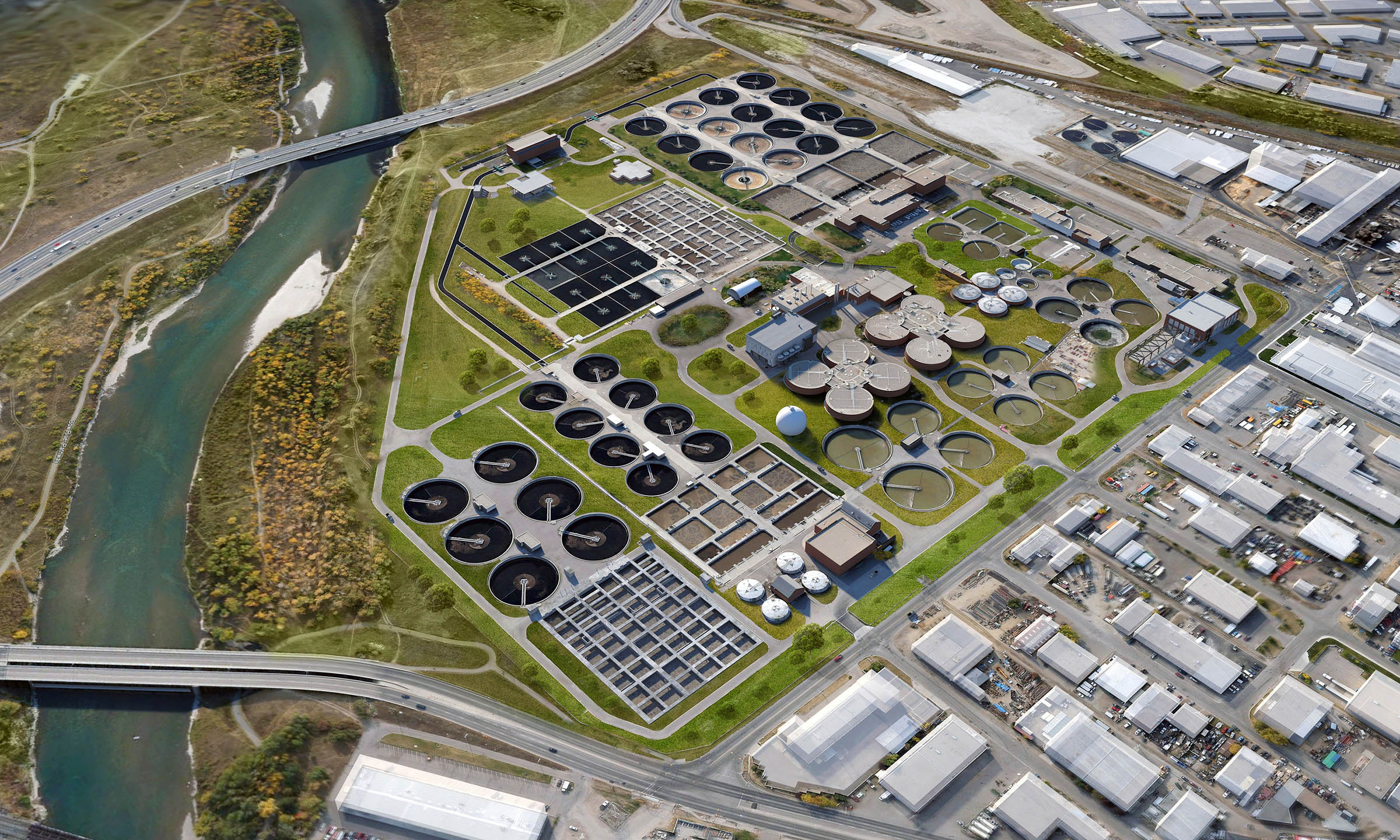Cutting-edge Approaches to Waste Water Treatment Technologies
Cutting-edge Approaches to Waste Water Treatment Technologies
Blog Article
Strategic Approaches to Boost Drainage Therapy Efficiency and Decrease Ecological Influence
In the realm of waste water treatment, the quest for improved performance and reduced ecological impact is a perpetual difficulty that demands calculated services. The assimilation of advanced therapy modern technologies, energy-efficient procedures, source healing methods, boosted nutrient removal techniques, and wise tracking and control systems represents a multifaceted structure for addressing these pressing issues.
Advanced Treatment Technologies
Innovative membrane layer filtering systems have actually revolutionized innovative wastewater therapy processes, substantially improving the elimination of contaminants. This modern technology has confirmed to be very effective in eliminating a large array of pollutants, including drugs, heavy metals, and natural compounds, which are frequently challenging to remove with conventional therapy techniques.
Moreover, membrane purification systems provide countless benefits over standard treatment methods. They need much less room, generate higher-quality effluent, and are much more resistant to fluctuations in influent water quality. In addition, these systems are very flexible and can be easily incorporated right into existing treatment plants or used as standalone systems for decentralized applications. As the demand for tidy water continues to rise, the fostering of innovative membrane layer purification technologies is vital to guarantee lasting and efficient wastewater therapy methods.
Energy-Efficient Processes
The assimilation of energy-efficient processes in wastewater therapy systems is crucial for enhancing source application and decreasing functional prices. One essential strategy to enhancing energy effectiveness in wastewater treatment is the usage of sophisticated oygenation systems, such as great bubble diffusers or surface area aerators, which can improve oxygen transfer performance and minimize energy usage.
Moreover, optimizing procedure control and automation via using sophisticated sensors and keeping an eye on systems can improve total power effectiveness by changing operations in real-time based upon actual demand and conditions. Executing power audits and on a regular basis checking power efficiency signs are vital methods to identify areas for improvement and track energy-saving initiatives effectively. Overall, the adoption of energy-efficient processes in wastewater treatment not just profits the atmosphere however also contributes to long-term price financial savings and functional sustainability.
Source Healing Methods
With a focus on maximizing resource use and sustainability in wastewater treatment systems, the application of resource healing methods emerges as an essential aspect in improving functional effectiveness. Source recovery techniques in wastewater therapy involve the recognition and extraction of useful sources from the waste stream, therefore turning what was when taken into consideration waste into an important asset. By carrying out resource recuperation methods such as nutrient elimination and healing, energy generation from natural matter, and the manufacturing of multiple-use water, wastewater treatment plants can minimize environmental influence while making best use of performance.

Improved Nutrient Removal Techniques
Applying innovative nutrient removal strategies is crucial for enhancing the efficiency of wastewater therapy systems. One of the vital methods made use of for boosted nutrient removal is the procedure of biological nutrient elimination (BNR), which includes the removal of nitrogen and phosphorus with biological procedures.

Along with BNR, progressed treatment methods such as membrane layer bioreactors (MBRs) and created wetlands can additionally be utilized to enhance nutrient elimination performance. MBRs use membranes to accomplish high-grade effluent criteria by effectively eliminating nutrients and put on hold solids. Constructed wetlands resemble natural wetland processes to remove nutrients via plant uptake, microbial activity, and sedimentation. By including these innovative nutrient removal techniques right into wastewater therapy markets, municipalities and systems can effectively minimize nutrient contamination and secure the setting.
Smart Monitoring and Control Solution
Making use of cutting-edge innovation, the assimilation of clever tracking and control systems revolutionizes the operational efficiency of wastewater therapy facilities. These systems integrate advanced Our site sensing units and data analytics to constantly monitor key specifications such as pH degrees, turbidity, liquified oxygen, and circulation rates in real-time. By collecting and analyzing this data, drivers can obtain beneficial insights into the efficiency of the therapy procedures, enabling proactive adjustments to maximize treatment effectiveness.
Smart surveillance and control systems likewise sustain remote surveillance abilities, permitting drivers to access real-time information and control functions from off-site places. This remote availability boosts operational versatility and responsiveness, enabling speedy interventions in instance of system malfunctions or changes in influent quality. Furthermore, the predictive maintenance abilities of these systems help stop equipment failures and decrease downtime, ultimately boosting the total dependability of wastewater treatment procedures (Waste Water Treatment).
Final Thought
To conclude, critical methods such as advanced treatment technologies, energy-efficient procedures, source recuperation methods, enhanced nutrient elimination methods, and smart monitoring and control systems play a critical function in enhancing wastewater treatment performance and lessening environmental impact. By executing these techniques, wastewater therapy plants can enhance their overall efficiency, decrease energy usage, recoup valuable resources, and guarantee conformity with ecological guidelines. These strategies are important for reliable and sustainable wastewater monitoring techniques.

In conclusion, calculated methods such as innovative therapy technologies, energy-efficient procedures, source healing methods, boosted nutrient elimination techniques, and wise monitoring and control systems play a crucial duty in enhancing wastewater therapy efficiency and decreasing environmental impact.
Report this page